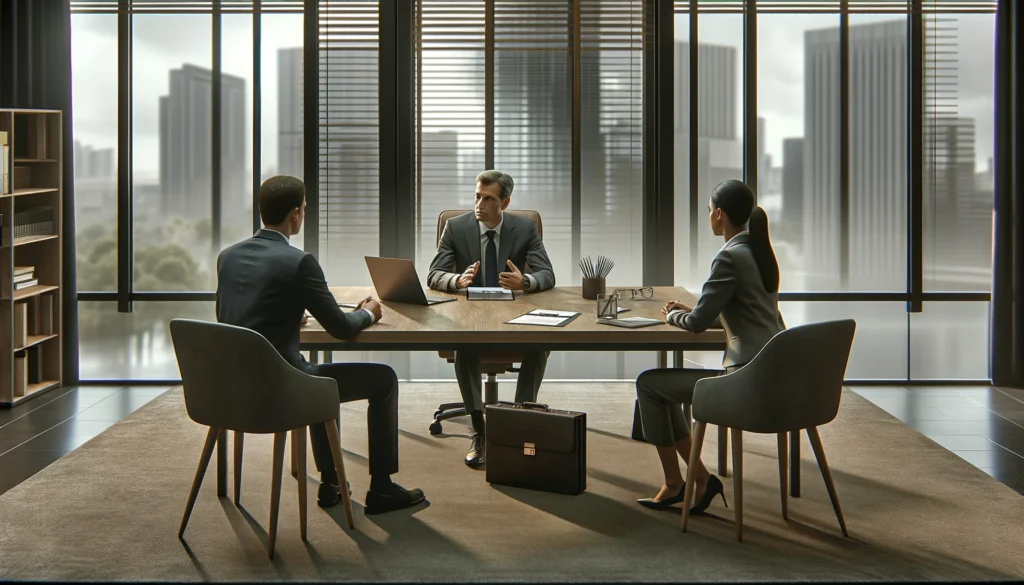When dealing with a personal injury case, understanding the role of a mediator can be crucial in navigating the legal process efficiently and effectively. Mediators serve as neutral third parties who facilitate negotiations between the injured party (plaintiff) and the party alleged to be responsible (defendant). Their primary goal is to help both parties reach a mutually acceptable settlement without the need for a lengthy court trial. This blog will delve into the importance of mediation in personal injury cases and how it can benefit all involved.
When it comes to resolving a personal injury case, mediation can offer a less stressful, more efficient path to settlement. At Ryan Orsatti Law, our San Antonio personal injury lawyers have extensive experience guiding clients through mediation, helping them understand their options and negotiate favorable outcomes. Don’t face this process alone. Contact us today for a free consultation, and let us support you every step of the way, ensuring your interests are protected and your voice is heard.

The Role of a Mediator
A mediator is typically an experienced legal professional, often a retired judge or an attorney with substantial experience in personal injury law. Their role is not to make decisions but to assist both sides in communicating their perspectives and negotiating a settlement. Mediators use various techniques to help parties find common ground and resolve their disputes amicably.
- Neutral Facilitator: Mediators remain impartial, ensuring that both parties are heard and their concerns are addressed.
- Confidential Process: Mediation is confidential, encouraging open dialogue without fear of compromising one’s position in court.
- Cost-Effective: Mediation can be significantly less expensive than going to trial, saving both time and money.
- Control Over Outcome: Unlike a court decision, which is imposed by a judge, mediation allows the parties to control the outcome and agree on terms that work for both.
The Mediation Process
The mediation process typically follows these steps:
- Initial Meeting: Both parties meet with the mediator to discuss the case’s details and agree on the mediation process.
- Exchange of Information: Parties exchange relevant information and documents to provide a clear picture of the case.
- Joint Sessions: The mediator conducts joint sessions where both parties present their viewpoints.
- Private Caucuses: The mediator may hold private sessions with each party to explore settlement options.
- Negotiation: The mediator facilitates negotiations, helping the parties find common ground.
- Settlement Agreement: If an agreement is reached, it is put in writing and signed by both parties.
Benefits of Mediation in Personal Injury Cases
- Time-Saving: Mediation can resolve disputes much faster than traditional court proceedings.
- Reduced Stress: The informal setting of mediation is less intimidating and stressful compared to a courtroom.
- Preservation of Relationships: Mediation fosters cooperation, which can help maintain professional and personal relationships.
- Tailored Solutions: Solutions reached through mediation can be tailored to the specific needs of the parties involved.
Conclusion
Mediation serves as a valuable tool in resolving personal injury cases, offering a less adversarial and more collaborative approach to dispute resolution. For those navigating a personal injury case in Texas, understanding the mediation process can provide significant advantages, ensuring a fair and efficient resolution.
For more information on mediation in personal injury cases, you can refer to authoritative sources such as the American Bar Association and Texas Mediation.

